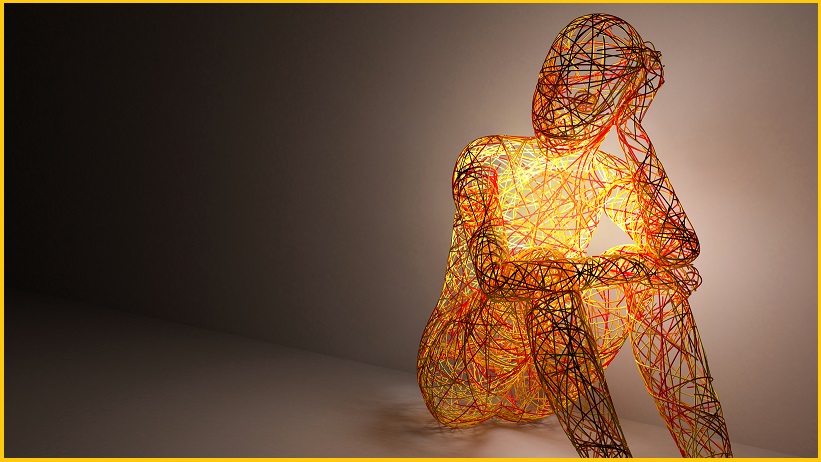Previously the realm of science-fiction movies and Harry Potter novels, scientists have made a major breakthrough in making invisibility a real-world possibility.
A team of scientists from the University of California, Irvine, published a paper in Nature Communications last week detailing their success in engineering human cells to have the same ability to go transparent and reflect light, just as squids do.
“For millennia, people have been fascinated by transparency and invisibility, which have inspired philosophical speculation, works of science fiction and much academic research,” lead author and UC Irvine doctoral student in chemical and biomolecular engineering Atrouli Chatterjee said.
Animals in the cephalopods family, including squids, have the ability to quickly change the colour and transparency of their skin, effectively making them invisible at times.
The scientists were inspired by the way the female Doryteuthis opalescens squid can dodge predators by switching a stripe on their mantle from nearly transparent to opaque white.
As part of the study, they took some of the intercellular protein-based particles found in the squid that can create this cloaking technique and introduced them into human kidney cells to test whether these invisibility powers are transferable to humans.
“We were amazed to find that the cells not only expressed reflection but also packaged the protein in spheroidal nanostructures and distributed them throughout the cells’ bodies,” chemical engineering and material science researcher at UC Irvine Alon Gorodetsky said.
“Through quantitative phase microscopy, we were able to determine that the protein structures had different optical characteristics when compared to the cytoplasm inside the cells; in other words, they optically behaved almost as they do in their native cephalopod leucophores.
“This project showed that it’s possible to develop human cells with stimuli-responsive optical properties inspired by leucophores in cephalopods, and it shows that these amazing reflection proteins can maintain their properties in foreign cellular environments.”
These genetically-engineered cells could produce the squid protein known as reflection, which alters the way they scatter light, effectively changing their transparency.
But technology seen in The Invisible Man and across popular culture for decades is probably still a while back, with Gorodetsky saying there are still “many steps” before that is reached but it could be “possible very far down the line” after “numerous breakthroughs”.
“We now need to develop improved strategies for controlling both the assembly of the protein-based particles without our cells and for tuning their optical properties in real time,” he said.
“A better understanding of the structure and self-assembly of reflection proteins would be important for informing our efforts.”
The scientists also completed another study to work out if this transparency skill could be controlled in cells. The engineered cells were put between two plates of glass and exposed to different amounts of salt. The scientists found that with higher levels of salt, the cells appeared to scatter more light and be more distinct from their surroundings than those exposed to lower levels.
Humankind has long been fascinated by invisibility, and the concept often appears in movies, TV shows and books. The recent film The Invisible Man featured a wealthy optics engineer who built his own invisibility suit using cameras and reflection, while the Harry Potter series featured a magical invisibility cloak.
The idea of humans achieving invisibility goes back much further, with the philosopher Plato coming up with the Ring of Gyges, a hypothetical item allowing its wearer to disappear, and H G Wells, who came up with scientists matching their refractive index to that of air, making them invisible.










